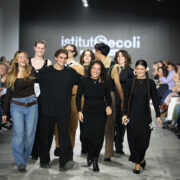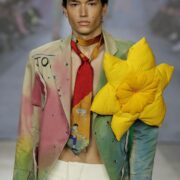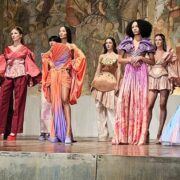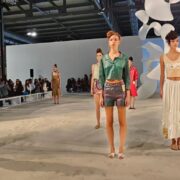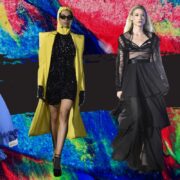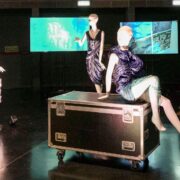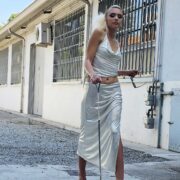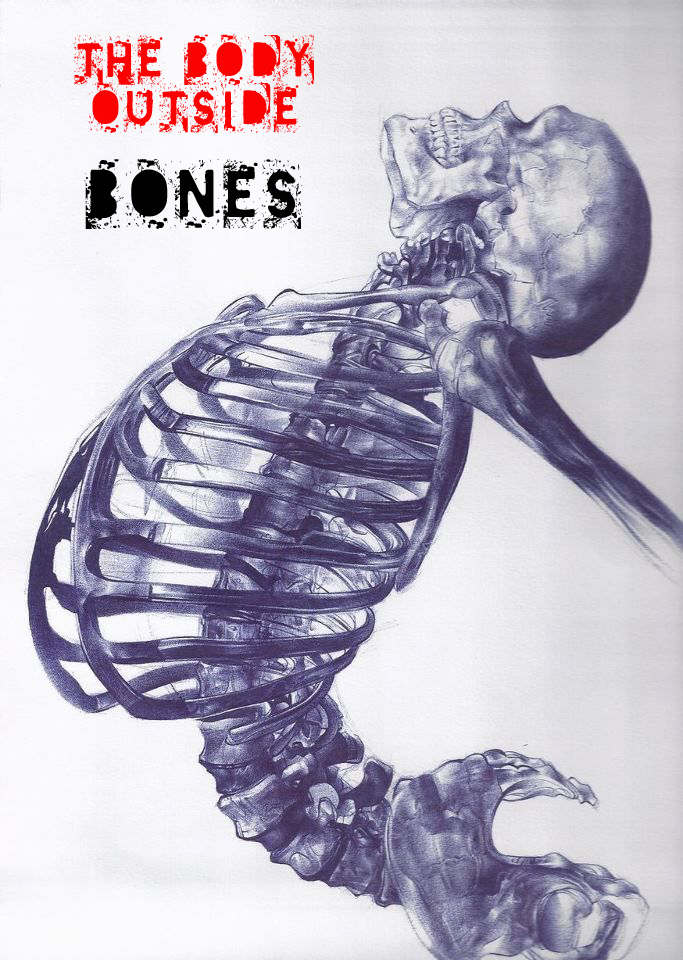
Il corpo umano è una macchina perfettamente calibrata, armoniosa, spesso sorprendente.
Per questo mi ha fatto piacere trovare nei giovani creativi e negli stilisti più d’avanguardia, un rinnovato interesse per quello che si trova all’interno del corpo umano.
(ENGLISH VERSION BELOW)
Lo scheletro in particolare ha un fascino incredibile, perché è la parte più dura e duratura del nostro corpo. E’ forte e allo stesso tempo flessibile, è protettivo, ma anche dinamico. Le ossa hanno forme sinuose, un colore caldo e puro, una texture porosa e scabra. Dal punto di vista del designer la struttura ossea del corpo umano si può rivelare una fonte preziosa di ispirazione.
La tendenza che ho rilevato mostra un approccio molto concettuale: trasformazione, deformazione, trasparenza e dissezionamento sono i modi in cui artisti di varie discipline si sono avvicinati all’anatomia come spunto per la realizzazione delle loro creazioni.
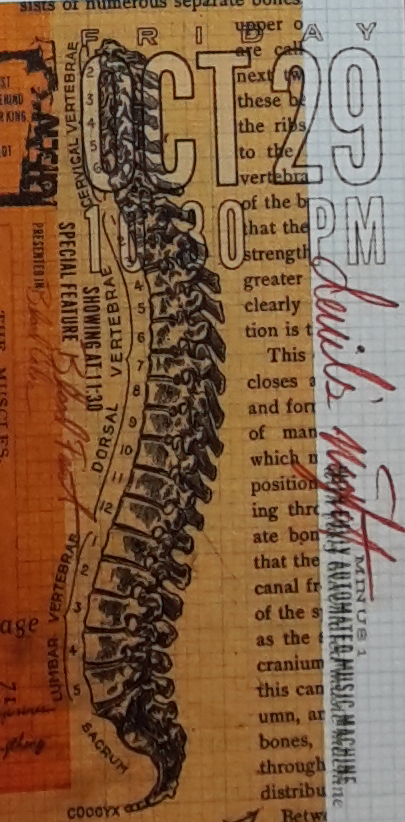 |
| “Collage bones” by Handgun |
- TRASFORMAZIONE
Le ossa diventano forme da trasmutare in un ibrido che rende la figura in parte uomo e in parte animale, anche proveniente dall’immaginario fantastico.
 |
Designer: Nika Danielska |
 |
| Mike Ballan |
- DEFORMAZIONE
Le mirabolanti forme di vertebre, anche o scapole vengono deformate e ingrandite per diventare qualcosa di più maestoso, che sovrasta il reale corpo di chi indossa l’abito.
 |
| Connie Blackaller |
 |
| Sharon Li |
 |
| Sharon Li |
Lo scheletro appare ai raggi x, spesso solo disegnato, e si sovrappone alla pelle nuda, realizzando una superficie in cui sembra che il passato, il presente e il futuro del nostro corpo convivano contemporaneamente
 |
| Anatomy sketch (in alto a sinistra) “Projection” by Dominique Nghiem (in alto a destra) “The cure” photographed by Alex Cayley for Dutch Magazine (in basso a sinistra) Sanaz Vosough Ghanbari (in basso a destra) |
- DISSEZIONAMENTO
L’abito come apertura del corpo e rivelazione di quello che vi è sotto, con il tessuto che, manipolato adeguatamente, assume la forma di costole e sterno, di clavicole e ileo…
 |
| Wei Ting Liang |
ENGLISH VERSION
The human body is a perfectly calibrated machine, harmonious, often
surprising. This is why I was pleased to find in young creatives and the most avant-garde
designers, a renewed interest in what is inside the human body.
The skeleton in particular has an incredible charm, because it’s the hardest and lasting part of our body. It’s strong and yet flexible, is protective, but also dynamic. The bones have sinuous shapes, a warm and pure color, a rough and porous texture. From the point of view of a designer the bone structure of the human body can reveal a precious source of inspiration.
The trend that I
noted shows a very conceptual approach: transformation, deformation, transparency
and dissection are the ways in which artists from various disciplines have
approached the anatomy as a starting point for the realization of their
creations.
surprising. This is why I was pleased to find in young creatives and the most avant-garde
designers, a renewed interest in what is inside the human body.
The skeleton in particular has an incredible charm, because it’s the hardest and lasting part of our body. It’s strong and yet flexible, is protective, but also dynamic. The bones have sinuous shapes, a warm and pure color, a rough and porous texture. From the point of view of a designer the bone structure of the human body can reveal a precious source of inspiration.
The trend that I
noted shows a very conceptual approach: transformation, deformation, transparency
and dissection are the ways in which artists from various disciplines have
approached the anatomy as a starting point for the realization of their
creations.
- TRANSFORMATION: Bones become shapes to
transmute into a hybrid that makes the figure
part man and part
animal, even coming from the imaginary fantastic. - DEFORMATION: The amazing shapes vertebrae,
hip or shoulder blades are deformed and enlarged
to become something more majesticthat overlooks the real body of person wearing the clothes. - TRANSPARENCY: The skeleton appears to
x-rays, often only drawn, and is
superimposed on the bare skin, creating a surface in which it seems that the past, present and future of our body coexist
simultaneously - DISSECTION: The dress like the opening of the body and revelation of what there is below,
with the fabric which, appropriately
manipulated, assumes the shape of
ribs and sternum, clavicles and ileum…


